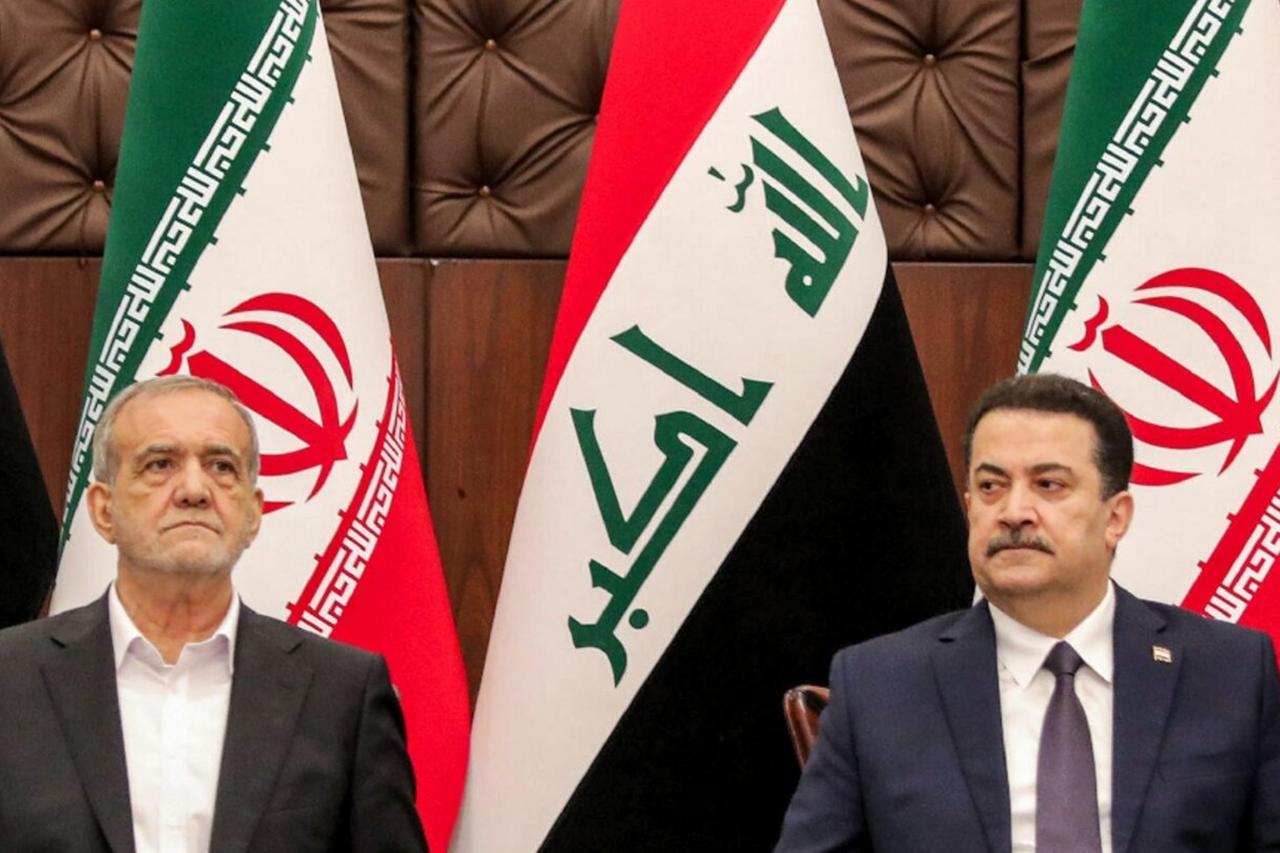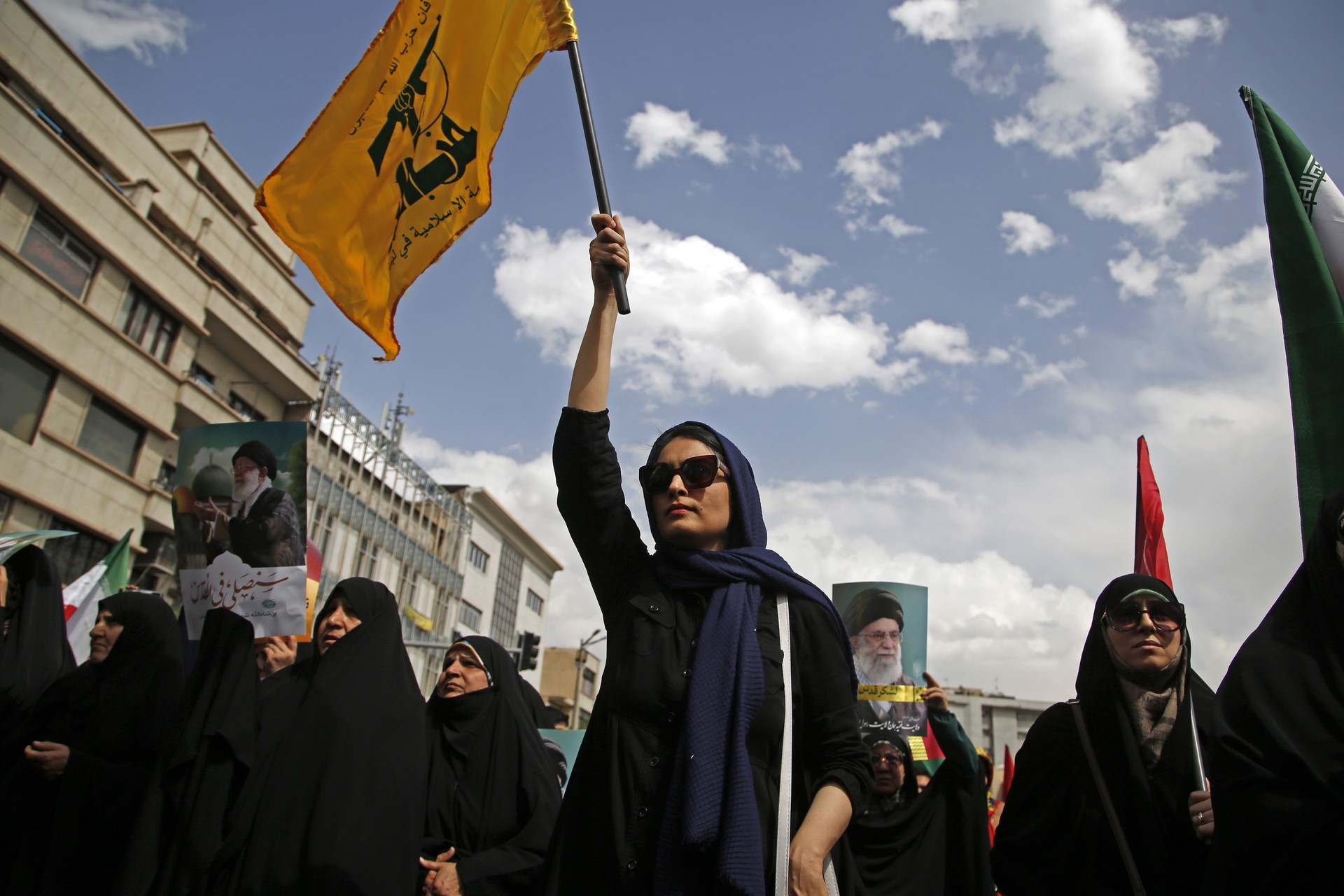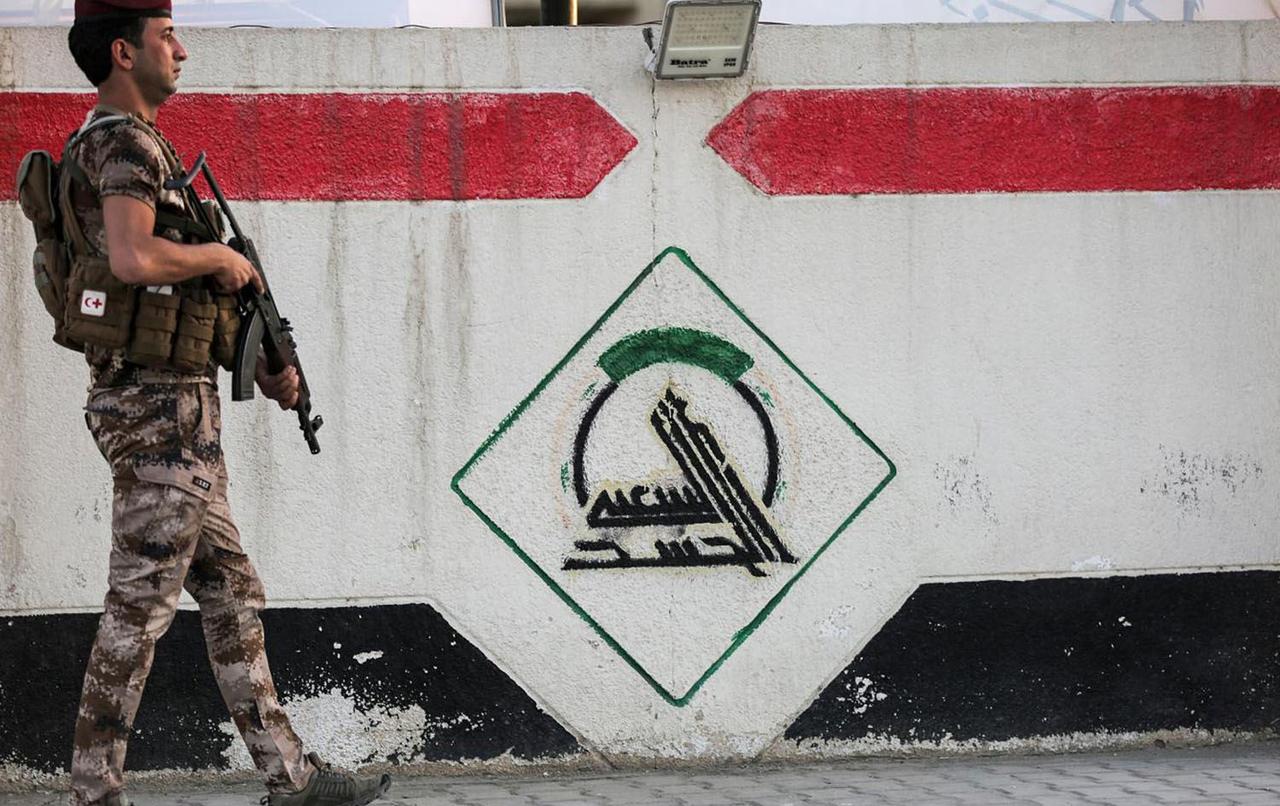
U.S. Secretary of State Marco Rubio held telephone talks on Wednesday with Iraqi Prime Minister Mohammed Shia al-Sudani regarding the U.S. rejection of the law on the legalization of Iraq’s Popular Mobilization Forces (PMF), which is aligned with Iran.
Rubio later posted on X: “We support a prosperous Iraq, free of Iran’s pernicious influence.”
Over the past two decades, Iran has built deep political, military, and economic inroads in Iraq, positioning Baghdad as a key node in its regional influence network. Today, that grip is loosening.
The Iraqi government, led by Sudani and a coalition once aligned with Tehran, has taken visible steps to distance itself from its former patron. Iran, long known for defending its allies with force, is not only tolerating the shift, but it appears increasingly disengaged.
Tehran’s modern relationship with Iraq emerged from the wreckage of the 1980–88 Iran-Iraq war, a conflict born out of territorial disputes and revolutionary anxiety. After Iraq’s invasion of Iran in 1980, Iranian forces gradually turned the tide, and the war ended in a U.N.-brokered stalemate. Diplomatic normalization followed, but it wasn’t until the 2003 U.S. invasion that Iran gained a lasting foothold.
As American forces dismantled Saddam Hussein’s regime and struggled to manage the resulting state collapse, Iran filled the vacuum. Through political proxies and affiliated militias, Tehran became a dominant force in post-Saddam Iraq.
Its strategy was threefold: prevent another hostile government in Baghdad, establish a land corridor to Syria and Lebanon, and use Iraqi institutions to bypass U.S. sanctions.
By the mid-2010s, Tehran's reach extended across dozens of Shia parties and paramilitary groups. Even the U.S. acknowledged the shift. A 2018 U.S. Army report called Iran “the only victor” of the Iraq War.

Tehran’s influence began to face headwinds in the late 2010s amid nationwide protests that denounced Iranian overreach. That trend has since accelerated.
During Iran’s brief conflict with Israel and the United States last month, Baghdad offered little more than symbolic support. Iran-aligned militias inside Iraq, long seen as Tehran’s local enforcers, refrained from launching any meaningful response against U.S. targets.
Iraq’s next parliamentary elections, set for November, may cement this shift. One of the largest parties in Sudani’s coalition, traditionally pro-Iran, has already announced it will not participate, which is widely read as a sign of their electoral weakness. Public sentiment in the region also appears to be turning. Anti-Hezbollah candidates made significant gains in Lebanon’s 2022 vote, pointing to a new regional trend with Iranian proxy politics.
For Iraqi decision-makers, the motivation to step back from Tehran appears rooted in both public opinion and shifting power dynamics. Many Iraqis, especially younger voters, see Iran’s role as intrusive and destabilizing, and fear entanglement in broader conflicts.
But there is also growing skepticism about Iran’s capacity to protect its allies. Israel’s targeting of Hezbollah and Iranian proxies within Syria last year, with little response from Tehran, has undermined confidence in the effectiveness of Iran’s deterrence. Militias in Iraq that once relied on Iranian backing are now reassessing their options.
Baghdad, in turn, has made a series of quiet gestures toward Washington. In January, Iraq rescinded a Trump-era arrest warrant, facilitated the release of a U.S. academic detained by Hezbollah, and approved a long-delayed budget deal favored by the Iraqi Kurdistan region, Washington’s closest partner in the country.

Notably, Tehran has not moved to counter Baghdad’s pivot. The relative silence reflects both capacity constraints and shifting priorities.
Inside Iran, the Islamic Revolutionary Guard Corps (IRGC), traditionally tasked with managing Tehran’s regional footprint, has suffered operational setbacks following targeted Israeli assassinations of key figures. At the same time, the rising cost of sustaining its regional network, politically and economically, has become a growing liability.
Meanwhile, public frustration is mounting, and many Iranians are questioning why billions are spent abroad while domestic conditions and defence deteriorate.
Iran’s leadership also appears to be adjusting. Historically committed to a pan-Shiism and revolutionary identity, the government is now leaning into nationalist themes once considered politically risky.
Murals of pre-Islamic Persian legends have appeared across Tehran. In June, Supreme Leader Ali Khamenei, following weeks out of public view, requested a performance of “Iran,” a patriotic song now popular among younger Iranians.
While the nationalist turn may be tactical, it signals a rhetorical departure from the “axis of resistance” framework and suggests a narrowing of Tehran’s foreign policy ambitions.

Speaking to a Turkish journalist on YouTube, Iraq affairs expert Mehmet Alaca noted that the case of Hashd al-Shaabi (Popular Mobilization Forces) reveals both the depth and the limitations of Iran’s influence in Iraq. “Unlike Hezbollah in Lebanon, which is a highly centralized, homogeneous actor, Hashd al-Shaabi is a fragmented, loosely coordinated umbrella of around 240,000 fighters, often at odds with each other and sometimes even with the prime minister himself,” Alaca said. “I call it a ‘legal militia structure’—it has a formal framework but operates with significant autonomy.”
While Hezbollah plays kingmaker in Lebanon’s parliament, Alaca notes that Hashd al-Shaabi effectively is the king in Iraq’s current political order. “The group helped shape the current government and was instrumental in the prime minister’s appointment,” he said. However, its heterogeneous nature means not all factions act in lockstep with Iran. “Some units carry out attacks on U.S. bases, but others steer clear. There’s no singular Iranian command channel.”
Alaca also emphasized that while the group owes its initial survival to Iranian backing, its long-term sustainability without Tehran remains uncertain. “In the recent Gaza conflict, Hashd al-Shaabi appeared reluctant to escalate—mirroring broader doubts about Iran’s strategic reliability. This hesitation reflects a more cautious, calculated approach shaped by Iraq’s domestic realities.”
Iraq’s shift is unlikely to produce a clean break. Religious ties, economic interdependence, and geography ensure that Tehran will remain a key actor in Iraqi affairs. But the days of unchallenged Iranian dominance appear to be over.
For Baghdad, the current trajectory reflects a desire to reassert sovereignty, hedge between rival powers, and avoid entanglement in regional escalation. For Tehran, stepping back may be less about choice than necessity.
Either way, a quieter, more transactional phase in Iran-Iraq relations appears to be taking shape—one defined more by mutual constraints than ideological alignment.